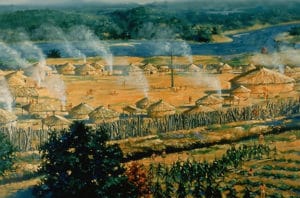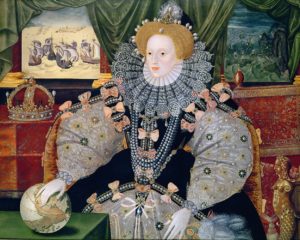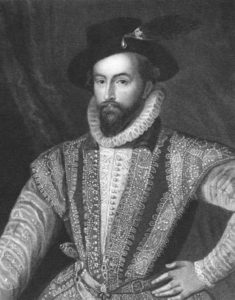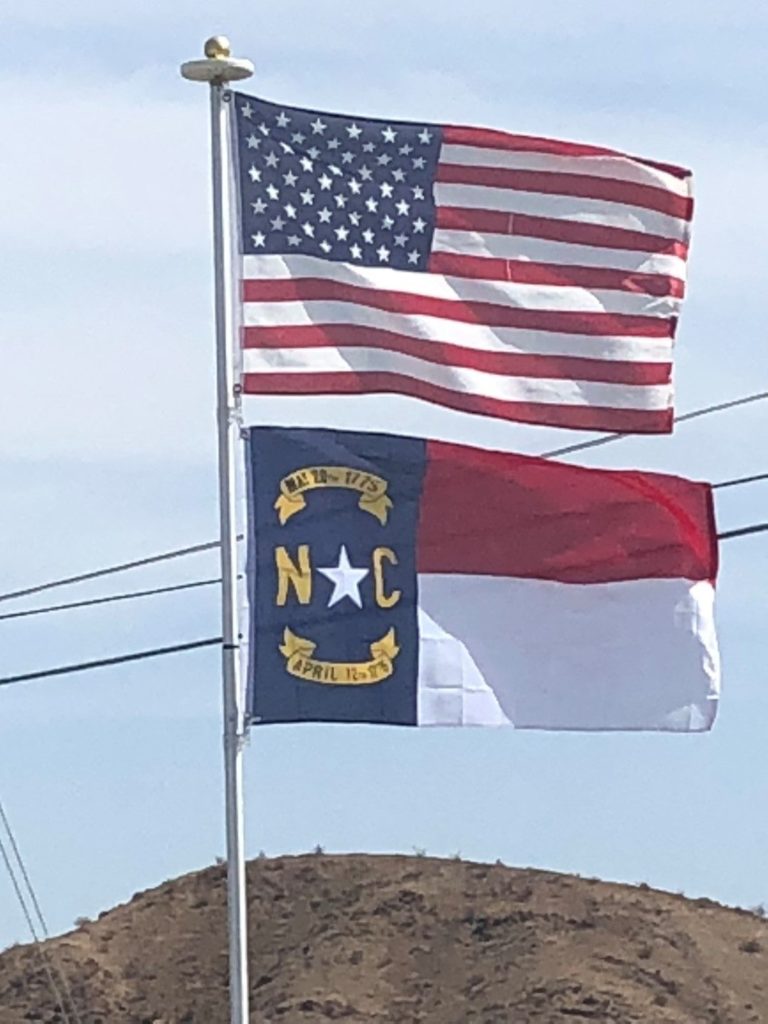Introduction:
North Carolina is a U.S. state in the southeastern region of the United States.
North Carolina is the 28th largest and the 9th most populous of the U.S. states.
North Carolina was the 12th of the original 13 colonies to ratify the Constitution and join the United States of America.
History:
North Carolina was inhabited for thousands of years by succeeding cultures of prehistoric indigenous cultures. Before 200 AD, they were building earthwork mounds, which were used for ceremonial and religious purposes. Succeeding peoples, including those of the ancient Mississippian culture established by 1000 AD in the Piedmont, continued to build or add on to such mounds. In the 500–700 years preceding European contact, the Mississippian culture built large, complex cities and maintained far-flung regional trading networks.

Historically documented tribes in the North Carolina region include the Carolina Algonquian-speaking tribes of the coastal areas, such as the Chowanoke, Roanoke, Pamlico, Machapunga, Coree, and Cape Fear Indians, who were the first encountered by the English; the Iroquoian-speaking Meherrin, Cherokee, and Tuscarora of the interior; and Southeastern Siouan tribes, such as the Cheraw, Waxhaw, Saponi, Waccamaw, and Catawba.
Spanish explorers traveling inland in the 16th century met Mississippian culture people. Captain Juan Pardo built Fort San Juan and left a contingent of 30 men there, while Pardo traveled further, and built and garrisoned five other forts. He returned by a different route to Santa Elena on Parris Island, South Carolina, then a center of Spanish Florida. In the spring of 1568, natives killed all but one of the soldiers and burned the six forts in the interior, including the one at Fort San Juan. Although the Spanish never returned to the interior, this effort marked the first European attempt at colonization of the interior of what became the United States.

In 1584, Elizabeth I granted a charter to Sir Walter Raleigh, for whom the state capital is named, for land in present-day North Carolina, which was then part of the territory of Virginia. It was the second American territory which the English attempted to colonize. Raleigh established two colonies on the coast in the late 1580s, but both failed. The fate of the “Lost Colony” of Roanoke Island remains one of the most widely debated mysteries of American history. Virginia Dare, the first English child to be born in North America, was born on Roanoke Island on August 18, 1587.

As early as 1650, settlers from the Virginia colony moved into the area of Albemarle Sound. By 1663, King Charles II of England granted a charter to start a new colony on the North American continent; it generally established North Carolina’s borders. He named it Carolina in honor of his father Charles I. By 1665, a second charter was issued to attempt to resolve territorial questions. In 1710, owing to disputes over governance, the Carolina colony began to split into North Carolina and South Carolina. The latter became a crown colony in 1729.
